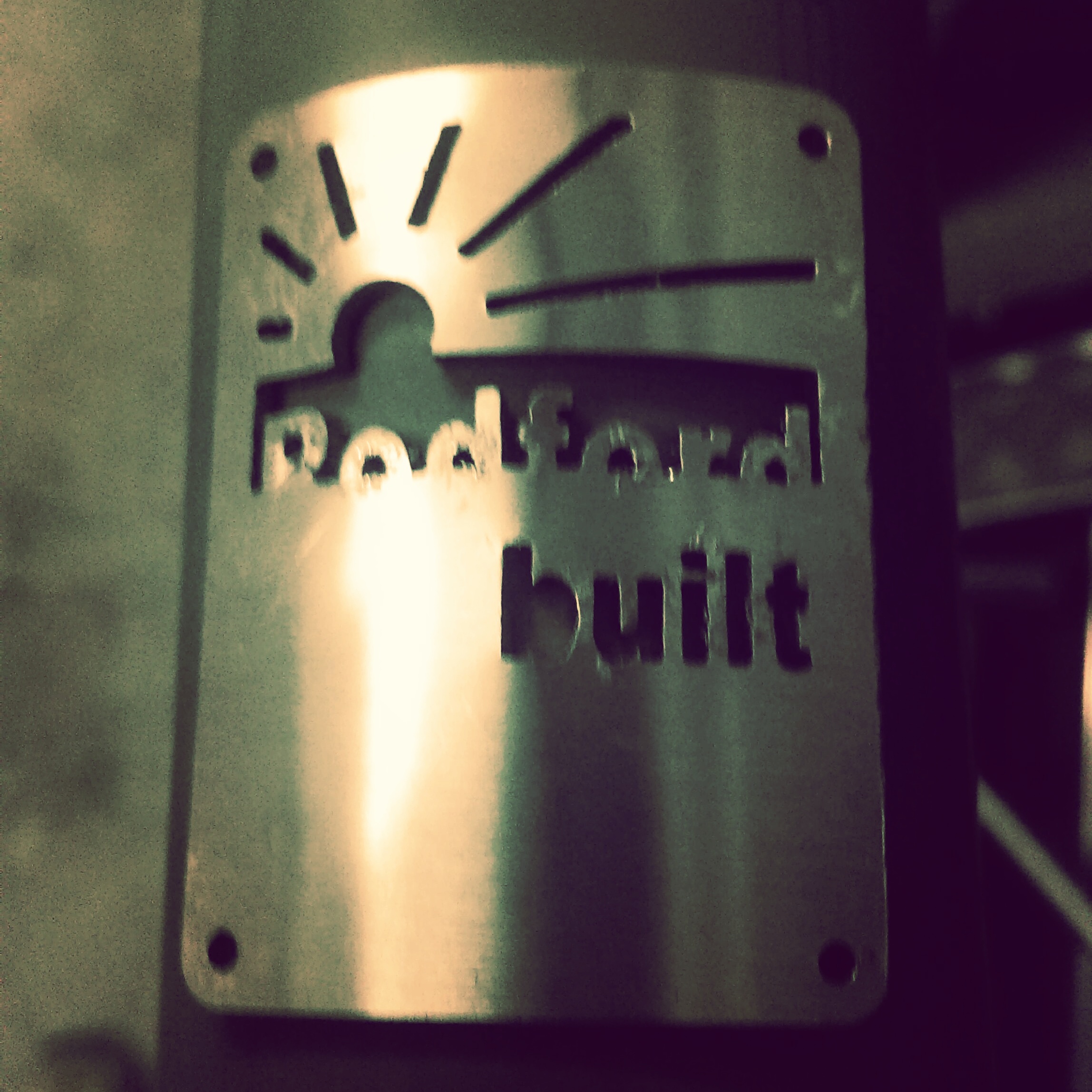Many of our hub geared bikes favour the use of a chain tensioner but comments from observers indicate that some people think this an unnecessary complication. What can we say about this?
First of all, there is the fact that we have chosen vertical slots for our custom drop outs. This ensures that the back wheel is nicely centred in the mudguard wrap and allows the easiest removal of the wheel from the bike. However it also means tension cannot be set by moving the wheel.
A horizontal drop out would be a simple solution. It would allow the chain tension to be set manually without the need for a tensioner, but removing the wheel could be an issue depending on the tyre size and mudguard clearance. The more the wheel is moved back the worse the mudguard clearance can get until a link has to be removed from the chain and the wheel moved forward again. Moving the wheel can affect brake adjustment too.
An alternative is to set the tension at the bottom bracket end of the drive using an eccentric bottom bracket. This is a neat solution and allows the wheel location to remain consistent when the chain is tensioned. A classic single gear chain line is maintained, however setting tension needs bespoke tools and bottom brackets can seize.
Eccentric bottom bracket bush
Ultimately, the downside of all these ideas is the requirement for the owner to spend time adjusting the chain periodically to keep it running sweet. Chains will always stretch and the only solution that provides automatic adjustment is a sprung chain tensioner. A self adjusting chain of this nature gives the longest service intervals which is desirable on a family transport bike and essential on a working delivery bike. Many of our courier and delivery bikes are ridden all hours by multiple riders. Maintenance is seldom conducted unless a part has failed so it is not expected that chain tension would be monitored and adjusted in this usage model.
Looking at various transport around the world there are other examples where self tensioning is used for ultimate reliability. A typical car cam chain has a spring tensioner and this gives huge service intervals up to 80,000 miles by which time the car engine may have done over 14 billion revolutions. It also provides peace of mind and reduced maintenance for the owner.
Self tensioning is also seen on overhead Catenary wires for trams and trains. The tension is applied using weights but the same advantage of self adjustment, reliability and (in this case) temperature compensation can been seen.
Typical Catenary wire tensioning system.
When you buy a Rodford bike you buy reliability and that's why a simple chain tensioner can often be seen keeping our bikes running at their best.



